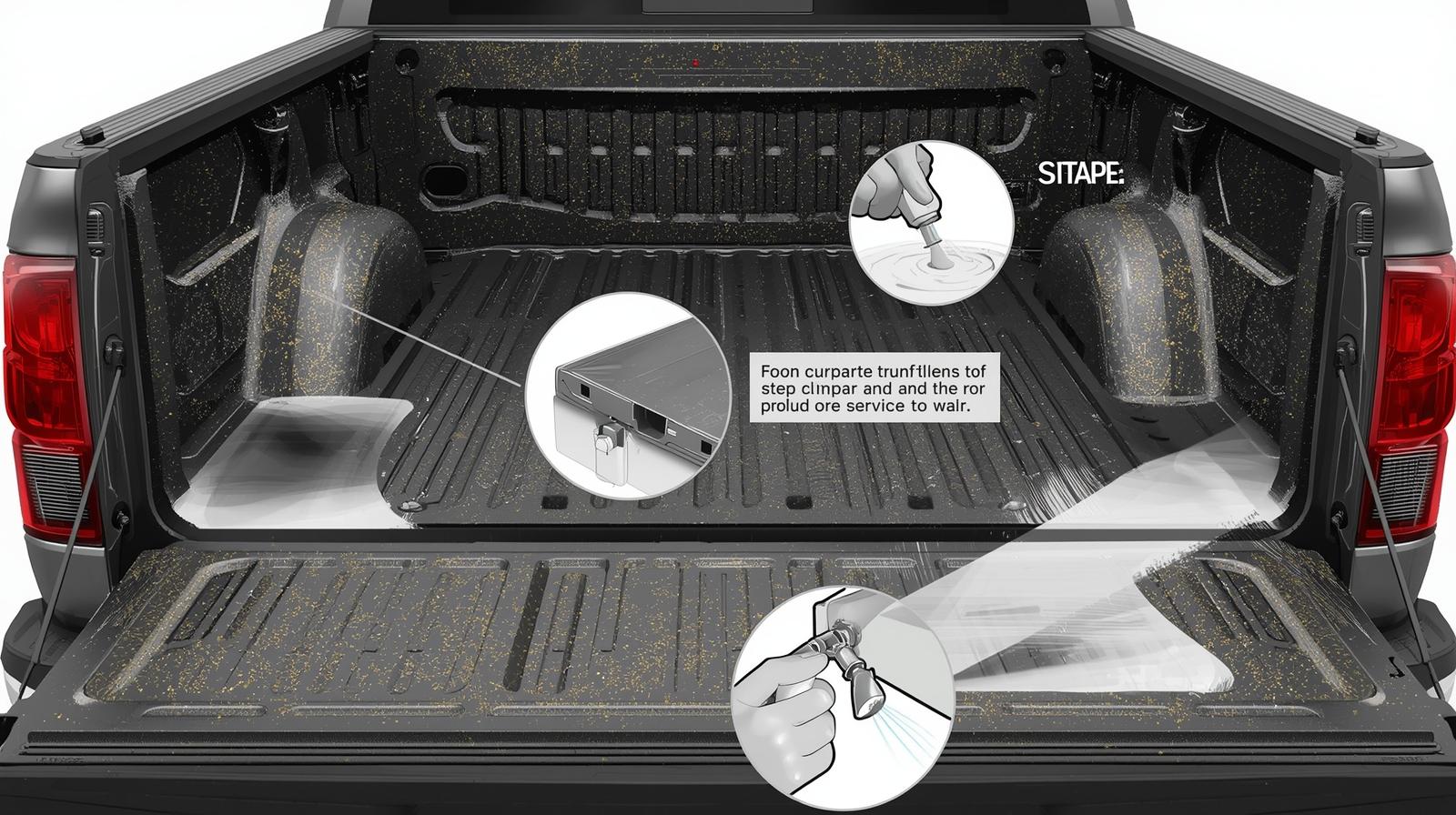Remember when your first stream looked like a slideshow? You’re not alone. Hardware encoders are finally fixing the mess that software encoding created, and honestly, it’s about time. No more choosing between smooth gameplay and decent stream quality—you can actually have both now.
Why Hardware Encoding Matters Now
Software encoding has hit its ceiling. Your CPU struggles under the load of high-resolution streams while trying to run games, manage chat overlays, and handle background applications. However, using a hardware encoder solves this fundamental bottleneck by dedicating specialized chips exclusively to video compression.
You’ll notice the difference immediately. Frame drops become rare. Your system runs cooler. Gaming performance improves because your CPU isn’t splitting attention between rendering graphics and encoding video. Professional streamers have already discovered this advantage, and now consumer-grade hardware encoders are making this technology accessible to everyone.
Performance Gains You Can Measure
The numbers tell a compelling story. Hardware encoders typically reduce CPU usage by 60-80% compared to software alternatives. Your stream quality improves while system resources are freed up for other tasks.
Consider these advantages:
- Consistent frame rates even during CPU-intensive scenes
- Lower latency between your actions and the viewer experience
- Ability to stream at higher resolutions without performance penalties
- Reduced heat generation and power consumption
Modern hardware encoders also support advanced features like variable bitrate encoding and real-time quality adjustments. These capabilities ensure your viewers get the best possible experience regardless of their connection speeds.
Working It In With Current Hardware
You don’t need to rebuild your entire streaming setup. Today’s hardware encoders integrate seamlessly with popular streaming software like OBS Studio, XSplit, and Streamlabs. The transition feels natural because the interface remains familiar while the underlying processing shifts to dedicated hardware.
Many new encoders feature plug-and-play functionality. You connect via USB-C or Thunderbolt, install drivers, and you’re streaming with hardware acceleration within minutes. Some models even include built-in storage for recording backup copies of your streams locally.
What’s Up Next?
The next generation of hardware encoders will incorporate AI-driven optimizations. These smart encoders will automatically adjust compression settings based on content type, whether you’re streaming fast-paced gaming action or slower-moving creative work.
Edge computing integration is another frontier. Future encoders may connect directly to content delivery networks, reducing the path between your hardware and your audience. This means lower latency and better quality for viewers worldwide.
Market Accessibility
Prices are dropping rapidly. What cost thousands of dollars just two years ago now starts under $300 for capable hardware encoders. This democratization means independent creators can access professional-grade encoding without breaking budgets.
Major streaming platforms are optimizing their infrastructure to take advantage of hardware-encoded content. You’ll see better integration with platform-specific features and improved recommendation algorithm performance when your streams arrive pre-encoded with optimal settings.
Your Next Steps Forward
The transition to hardware encoding isn’t just coming—it’s here. Early adopters are already seeing competitive advantages in stream quality and viewer retention. As software encoding reaches its limits and audiences demand higher quality content, hardware encoders become essential tools rather than luxury upgrades.
Start researching encoders that match your current streaming goals and budget. The investment pays dividends in improved performance, reduced system stress, and future-proofing your content creation capabilities. Your viewers will notice the difference, and your streaming workflow will thank you for making the switch.





